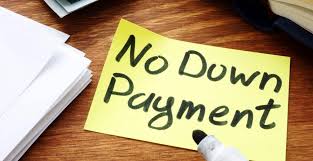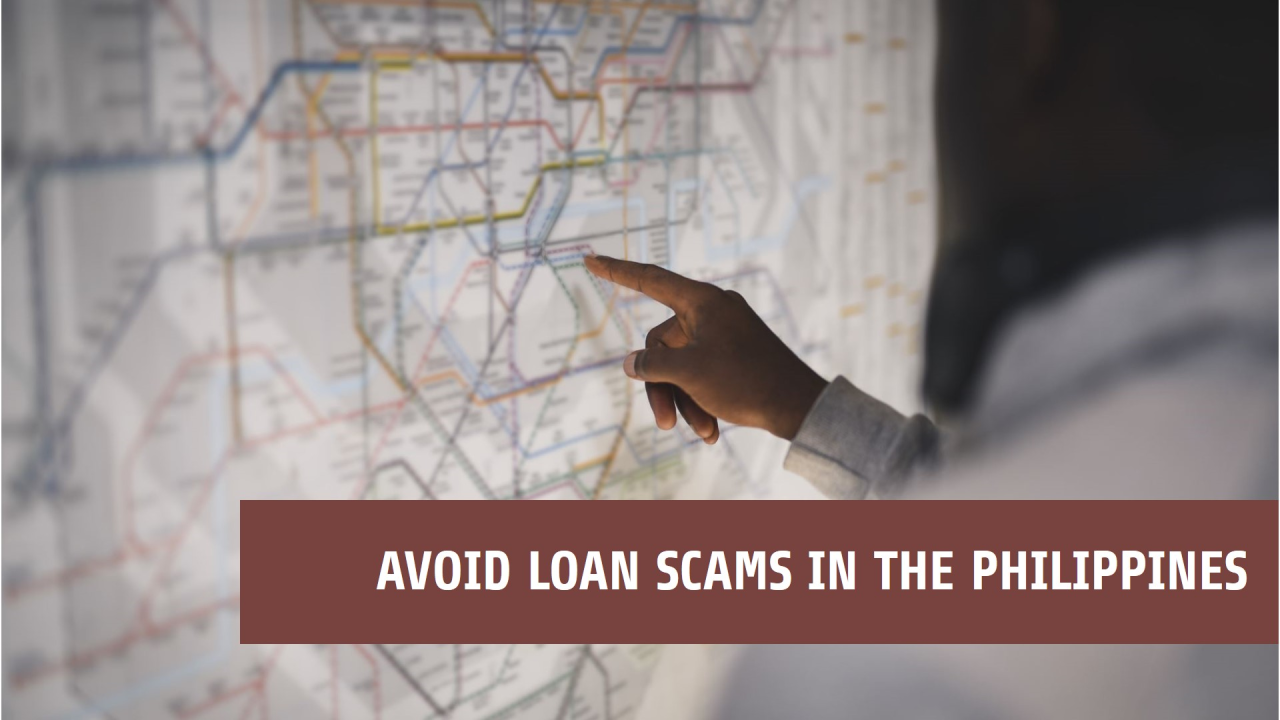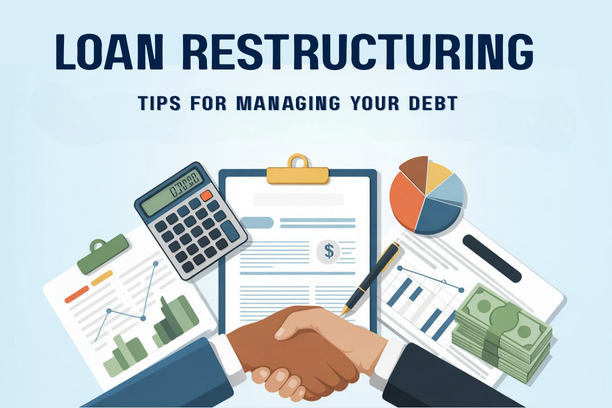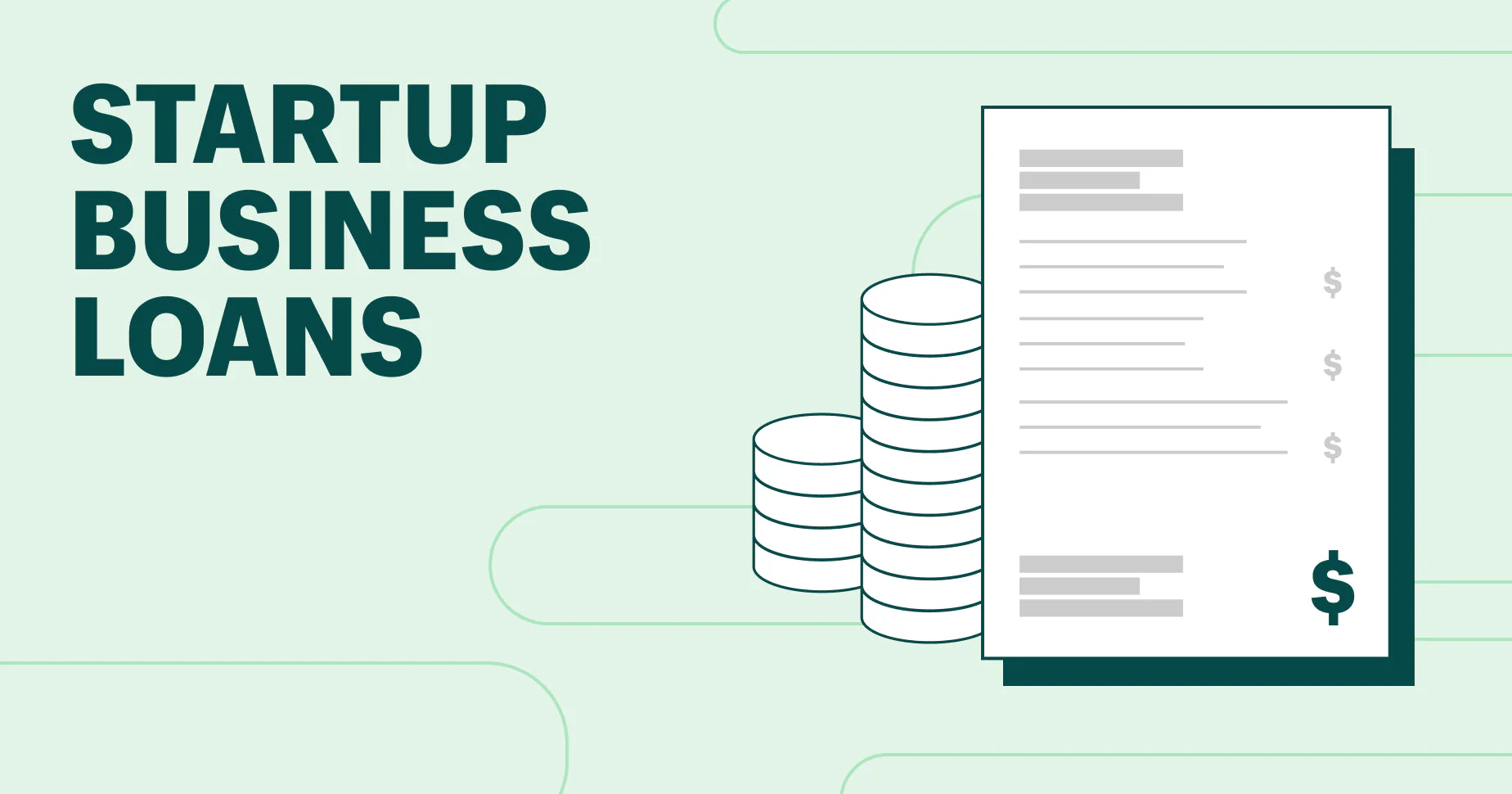The dream of owning a new car is a powerful motivator for many, but the thought of shelling out a large sum for a down payment can be a major roadblock. This is why “zero down payment” or “no down payment” auto loan promos have become a popular marketing tool for car dealerships and some financial institutions in the Philippines. The promise of driving away in a brand-new vehicle without any initial cash outlay is incredibly appealing, but is it a viable and wise financial decision? This comprehensive guide will explain the reality of getting an auto loan with no down payment, outlining the pros, cons, and the stricter requirements you can expect.
1. The Reality of No Down Payment Auto Loans
A no down payment auto loan is exactly what it sounds like: a financing option that allows you to purchase a vehicle without any initial cash outlay. While this sounds like a perfect solution for those with limited savings, it’s essential to understand that this type of loan is not a free pass. It is a marketing strategy that shifts the entire cost of the vehicle, including the down payment, into your loan amount. This means you are essentially borrowing 100% of the car’s price.
How Zero Down Payment Promos Work
In the Philippines, zero down payment promos are most often offered by car dealerships in partnership with specific banks or in-house financing companies. They are designed to attract buyers who may not have the cash for a 20% or 30% down payment. However, it’s important to read the fine print. While you may not pay an initial cash amount, you will still be responsible for other fees, such as:
- Chattel Mortgage Fees: A fee for securing the vehicle as collateral for the loan.
- LTO Registration Fees: The cost of registering the vehicle with the Land Transportation Office.
- Insurance: The premium for comprehensive car insurance, which is a mandatory requirement for an auto loan.
While some promos may bundle a few of these fees, you will almost always have to pay for some of them. For a true “zero cash out” solution, some banks, like BPI, offer a program where the down payment is not paid in cash but is instead held in a client’s deposit account. The bank holds a portion of your savings as the down payment, but you still technically own that money, and it continues to earn interest. This is a very specific type of arrangement and is not the same as a true zero down payment loan where the bank finances the entire cost of the car. The key takeaway is that a no-down-payment auto loan is not a genuine “free car” offer; it is a financing scheme that moves the upfront cost into the total loan amount, resulting in a significantly different financial structure.
2. The Pros and Cons of a No Down Payment Auto Loan
While the idea of a no down payment auto loan is attractive, it comes with a unique set of advantages and disadvantages that you must carefully consider before making a decision.

The Advantages: Immediate Ownership and Financial Liquidity
The most obvious benefit of a zero down payment loan is the ability to drive away in a new car without a substantial initial cash outlay. This is a game-changer for individuals who urgently need a vehicle but have not yet saved enough for a traditional down payment. This type of loan also allows you to preserve your cash for other important financial obligations or investments, such as a home renovation, a business venture, or an emergency fund. For many, this ability to maintain liquidity is a major selling point.
Another less talked about benefit is that these loans can have longer loan terms, which can lower your monthly amortization. By spreading the loan over a longer period, a dealer can make the monthly payments seem more affordable, even though you are borrowing a larger amount. This can make the dream of owning a car seem more attainable to a wider range of customers. However, as we will see, this also comes with significant long-term costs.
The Disadvantages: Higher Costs and Stricter Requirements
The main drawback of a no down payment auto loan is that it is almost always more expensive in the long run. Since you are borrowing 100% of the car’s value, your principal loan amount is higher. This leads to several key disadvantages:
- Higher Monthly Payments: Even with a longer loan term, your monthly amortization will be higher than that of a traditional loan because you are financing the entire cost of the vehicle.
- Higher Total Interest Paid: The total amount of interest you will pay over the life of the loan will be substantially higher. Since you are borrowing a larger sum, every percentage point of interest translates to a much larger amount of money.
- Higher Risk of Being “Upside Down”: A car is a depreciating asset, meaning its value decreases the moment it rolls out of the dealership. With a no down payment loan, you are at a very high risk of being “upside down,” where you owe more on the loan than the car is actually worth. This can be a major problem if you need to sell the car or if it is stolen or totaled in an accident, as the insurance payout may not be enough to cover the loan balance.
- More Difficult Approval: Lenders view zero down payment loans as a much higher risk. As a result, they have stricter eligibility criteria. Applicants must have a very strong credit score, a high and stable income, and a very low debt-to-income (DTI) ratio to qualify. If you have a less-than-perfect financial history, it is highly unlikely that your application will be approved.
While a no down payment auto loan offers the appeal of immediate car ownership, its long-term financial consequences and stricter requirements make it an option that should be approached with caution.
3. What to Prepare for a No Down Payment Auto Loan
If you decide to pursue a no down payment auto loan, you must be prepared to meet a very high bar for eligibility. Your Auto Loan Application Checklist for this type of loan is much more demanding than for a traditional loan with a down payment. Lenders need to be fully convinced that you have the financial capacity and stability to repay the entire loan amount, as they have no upfront cash from you to offset their risk.
The Key Requirements
To be approved for a zero down payment loan, you will need to demonstrate an exceptionally strong financial profile.
- Excellent Credit Score: This is non-negotiable. Lenders will perform a thorough credit check to ensure you have a history of paying your debts on time. A strong credit score shows that you are a reliable borrower.
- High and Stable Income: You will need to show a consistent and high gross monthly income that far exceeds the loan’s monthly amortization. Your debt-to-income ratio (DTI) must be very low, proving that you have a significant amount of disposable income after all your other monthly obligations are paid.
- Comprehensive Documentation: You must provide a complete and well-organized set of documents, including a Certificate of Employment with compensation, your latest Income Tax Returns (ITR), bank statements, and other financial records. For a self-employed individual, this means providing clean, audited financial statements for at least two years. The documentation must present a clear picture of financial health.
- Collateral and Insurance: The car itself will serve as collateral for the loan, but you will also be required to pay for comprehensive insurance with an “Acts of God” clause to protect the lender’s investment. This insurance is a mandatory upfront cost that you must be prepared to pay.
For many borrowers, the strict requirements for a no down payment loan can make it an unattainable option. Instead of an easy path to car ownership, it is often a loan product reserved for a small segment of highly qualified borrowers.
Conclusion
The promise of driving a new car with no money down is a powerful one, but the reality is that getting an auto loan with no down payment is a double-edged sword. While it offers the immediate benefit of a brand-new car without an initial cash outlay, it comes with a hefty price tag in the form of higher interest rates, larger monthly payments, and a greater risk of being upside down on your loan. Lenders also have a much stricter set of requirements for these loans, often making them inaccessible to the average borrower. For most, the more financially prudent path is to save up for a down payment of at least 20%, which can lead to a lower interest rate, more manageable monthly payments, and a lower total cost over the life of the loan. While a zero down payment loan may seem like a shortcut to your dream car, it is often a more expensive and riskier route.













